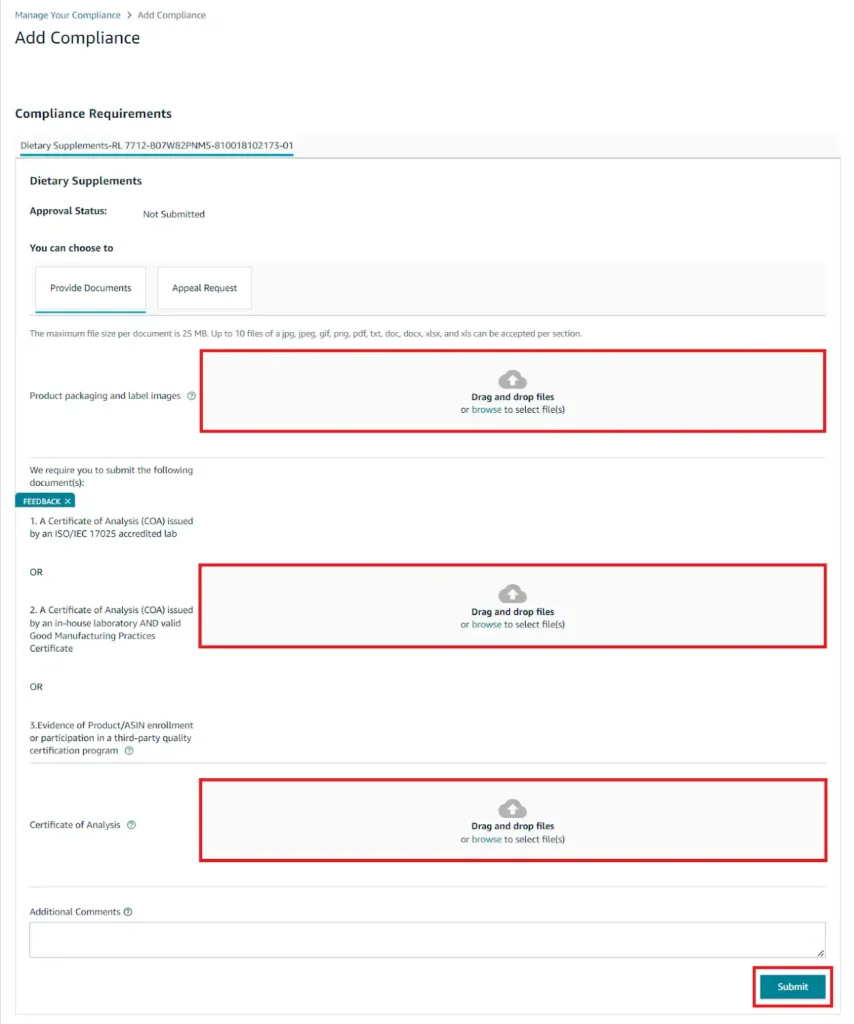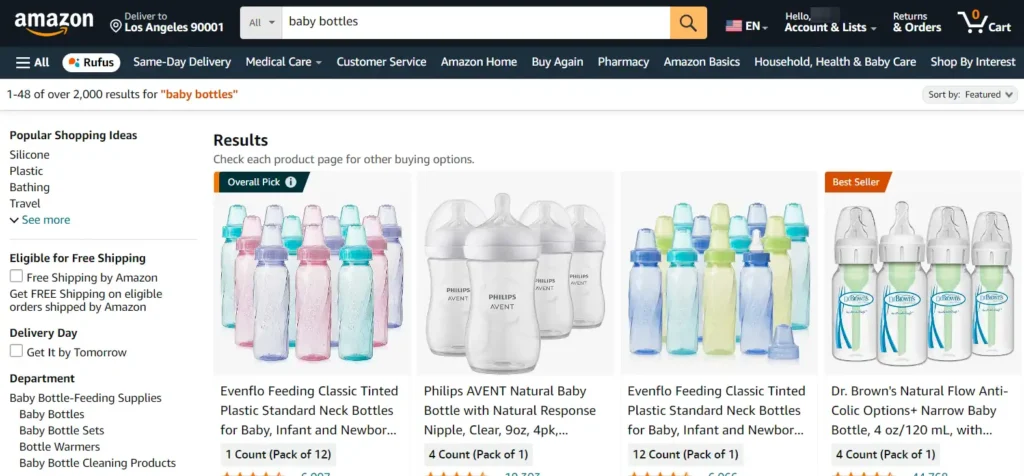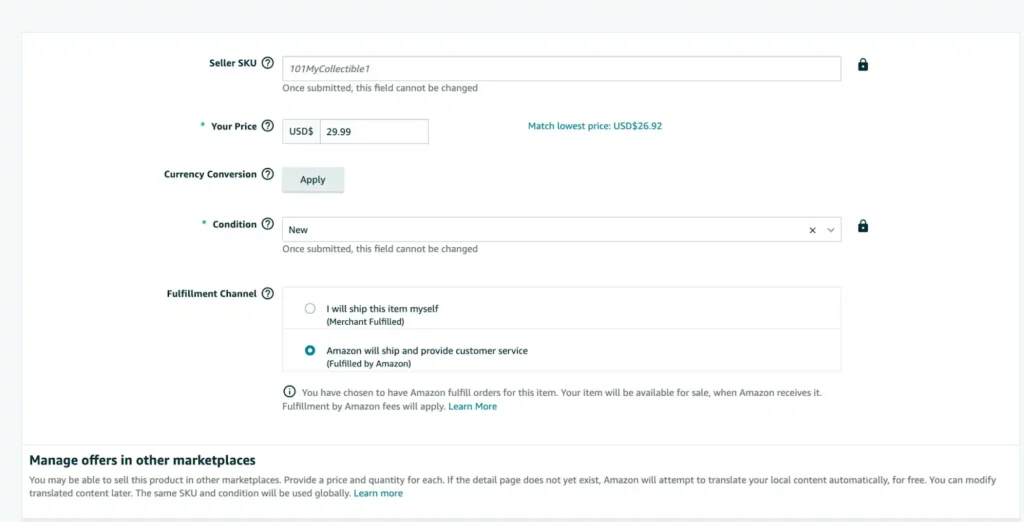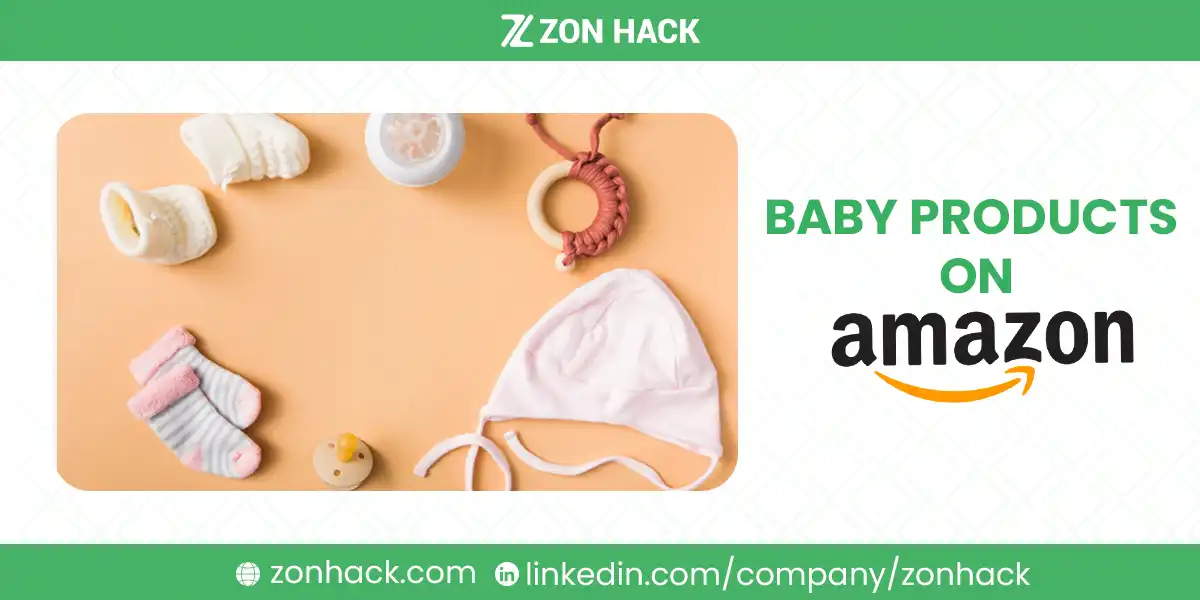Selling baby products on Amazon can be a profitable business opportunity due to the high demand from parents around the world. However, proper listing techniques are essential to stand out in a crowded market. In this guide, we’ll walk through every step you need to take to create a high-quality listing for baby products on Amazon. From preparing the product details to optimizing your listing for better visibility, this detailed guide will ensure you’re on the right track.
What Do You Need Before Listing Baby Products on Amazon?
Before you start listing your baby products, there are several things you need to have in place. The process can seem overwhelming at first, but with proper preparation, it becomes manageable.
- Amazon Seller Account
First, you need an Amazon Seller account. Amazon offers two types of accounts: Individual and Professional. If you are selling fewer than 40 items per month, the Individual account might suffice. However, if you plan to scale your business, the Professional account, which costs $39.99 per month, is ideal since it offers more features and avoids per-item selling fees.
- Compliance with Amazon Product Policies
Compliance with Amazon’s product policies is crucial, especially for baby products. Amazon places a high emphasis on safety and quality, meaning all baby items must meet specific regulations. In the United States, this includes CPSIA compliance (Consumer Product Safety Improvement Act) for products intended for children. You must ensure that your product meets all age-related and labeling requirements, as failure to do so can result in your listing being removed or restricted.
- Product Information and Certifications
Next, gather all essential product information. You will need the SKU, UPC, EAN, or GTIN, product dimensions, weight, and any certifications your baby product may have. Ensure you also have high-quality images of your product, as these play a key role in convincing potential buyers.

One crucial aspect of preparation is obtaining a barcode (usually UPC or EAN). Amazon requires these barcodes to track products in their system. You can buy barcodes from GS1 (the official source), though some resellers also offer them. If your product qualifies for a barcode exemption (typically for private-label brands or handmade items), you can request this through Amazon Seller Central.
How Do You List Baby Products on Amazon?
Now that you have all the necessary information, let’s move on to the listing process itself.
- Log Into Seller Central
The first step is to log into Amazon Seller Central and navigate to the “Add a Product” section. Here, you’ll be prompted to either search for an existing product using its ASIN (Amazon Standard Identification Number) or create a new product listing if your product isn’t already in Amazon’s catalog.
- Create Product Listing
When creating a new listing, the first key area to focus on is product details. The title is the first thing customers will see, so it should be concise yet informative. Use clear, descriptive language, such as “Organic Cotton Baby Onesie – Soft, Eco-Friendly – Sizes 0-12 months.” Product descriptions should be equally engaging, giving a thorough overview of your product’s key features and how it benefits the buyer.

Use easy-to-understand language and focus on the product’s safety, comfort, and durability—important considerations for parents. The bullet points section allows you to highlight the main features. Here, you can mention details like the materials used, safety certifications, and any unique selling points your product has.
- Select the Right Product Category
Next, you’ll need to select the right category for your baby product. Amazon’s category tree for baby products is vast, with subcategories ranging from clothing and toys to feeding and bathing products. Proper categorization is essential for ensuring that your product appears in relevant search results.
- Price Your Baby Product
Pricing your product is another critical step. Amazon charges a 15% referral fee for baby products, so make sure you calculate this into your pricing structure. Additionally, you may want to consider Amazon’s FBA (Fulfillment by Amazon) service, which handles storage, packaging, and shipping for you. FBA also offers perks like Prime shipping, which can boost your product’s visibility. However, if you choose FBA, be sure to account for storage and shipping fees, which vary based on the size and weight of your product.

- Add Product Images
When it comes to product images, Amazon requires a minimum resolution of 1000×1000 pixels with a pure white background. High-quality images are crucial for making a strong first impression, especially in the baby product category where parents are keen on seeing every detail. Provide multiple angles and, if possible, include lifestyle images that show the product in use.
How Do You Optimize a Baby Product Listing for Better Visibility?
Keyword optimization is key to increasing your product’s visibility. Tools like Helium 10, Jungle Scout, or Sonar can help you find the most relevant keywords for baby products. Include these keywords naturally in your product title, description, and backend search terms. For example, if you’re selling baby blankets, keywords like “soft baby blanket,” “hypoallergenic baby bedding,” and “organic cotton baby swaddle” can help attract more searches.
Another way to optimize your listing is by offering product variations. If your product comes in different colors, sizes, or pack sizes, you can create a parent listing with child variations. This makes it easier for customers to see all available options, improving their shopping experience and increasing the likelihood of a sale.
Amazon also offers enhanced features like A+ Content for brand-registered sellers. A+ Content allows you to create more visually appealing product descriptions, incorporating rich media such as additional images, comparison charts, and detailed text. While not essential for every seller, A+ Content can improve conversion rates by up to 5% to 10% according to some reports.
What Are Common Challenges When Listing Baby Products?
Even with the right preparation, you may encounter challenges when listing baby products on Amazon. One common issue is restricted listings. If your product gets flagged, it may be because Amazon has detected missing information, improper categorization, or non-compliance with safety standards. In such cases, you’ll need to review your product listing and make necessary adjustments.
Another challenge is managing negative reviews. If you receive bad reviews, address the customer’s concerns promptly. Offering solutions and demonstrating excellent customer service can not only improve your product rating but also build trust with future buyers.
How Do You Ensure Your Baby Product Listing is Compliant with Amazon’s Policies?
Safety regulations are especially stringent for baby products. Depending on the product type, you may need to provide proof of compliance with standards such as ASTM or CPSIA. Make sure all your products meet the required certifications before listing them to avoid any legal or policy-related issues.
If your baby products are eco-friendly, highlight this in your listing. Parents are increasingly interested in buying sustainable products, and using terms like “eco-friendly” and “organic” in your descriptions can serve as an effective unique selling proposition.
How Do You Track and Improve Your Product Listing’s Performance?
Once your product is live, you’ll want to track its performance. Amazon Seller Central provides tools to monitor key metrics like impressions, click-through rates, and conversion rates. If you notice that your listing isn’t performing as well as expected, you might want to adjust your keywords or optimize your images.
Running sponsored product ads can also help increase visibility. You can target specific keywords to appear higher in search results, which can drive more traffic to your listing. Start with a small daily budget and adjust based on performance.
Additionally, consider using Amazon’s Vine program to gather early reviews, especially if you’re launching a new product. Having positive reviews early on can significantly boost your credibility and help your product rank higher in search results.
Wrapping Up
Listing baby products on Amazon involves several steps, from setting up your account and ensuring compliance with safety regulations to optimizing your listing for better visibility. By following these guidelines, you can create a strong product listing that attracts buyers and builds trust with parents looking for high-quality baby products. With proper planning and attention to detail, selling baby products on Amazon can become a profitable venture.
FAQ
What are the basic fees for selling baby products on Amazon?
Amazon charges a 15% referral fee for baby products, along with additional FBA fees if you use the service. The cost of a Professional seller account is $39.99 per month.
Can I list used or refurbished baby products?
No, Amazon does not allow the sale of used or refurbished baby products due to safety concerns.
How long does it take for my product to go live on Amazon after listing?
Once submitted, it can take between 15 minutes and 24 hours for your product listing to go live.
How do I choose between FBA and FBM for baby products?
FBA is ideal if you want Amazon to handle shipping, customer service, and returns, but it comes with storage and fulfillment fees. FBM allows you to handle shipping yourself, which may be more cost-effective for smaller sellers.
Do baby products require special packaging?
Yes, baby products often need additional packaging to ensure safety during transit, and Amazon has specific packaging requirements for FBA products.




